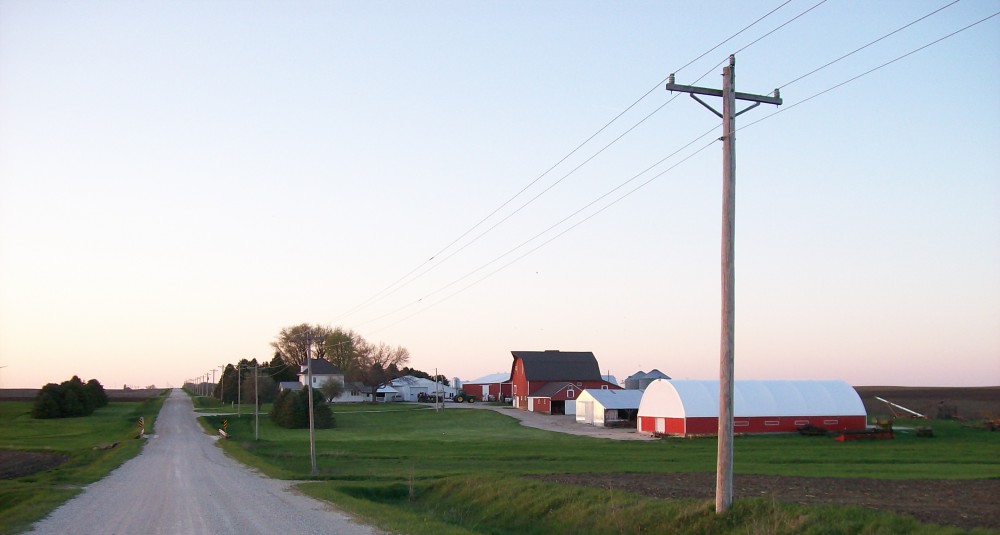Thursday, May 30th
This morning we headed to Seed Savers Exchange in Deborah, IA to help a crew work on weeding their gardens. Seed Savers is an organization that strives to preserve heirloom seeds. They have over 25,000 different varieties of seeds. Of this 25,000, they have 750 different varieties of potatoes and hundreds of varieties for other plants also! Each season they plant a couple hundred varieties of seeds for the purpose of gaining fresh seeds. Seeds can last for a long time if they are kept in the right conditions. However, each year the germination rate decreases, so periodically the seeds have to be planted. This is a large undertaking for an organization that only plants seeds on approximately 20 of its 890 acres each year. This is further complicated because certain plants have to be spaced out large distances to prevent cross-pollination. How does Seed Savers determine which of its 25,000 seeds to plant each year? Seed Savers has a computer system that sorts out its inventory of seeds, showing those with the highest priority to be planted. They also have volunteers who will plant seeds for them. Unfortunately they only have 25 volunteer gardeners who are helping with this. Another tactic they use is tissue culture. Potatoes must be planted each year, but Seed Savers has over 750 varieties of potatoes and not enough room to plant them all. They are able to grow them all in tissue cultures and house all 750 in a refrigerator.
I really enjoyed this organization. It was a nice contrast to the Cortevas and Monsantos of the seed industry. I would to see farmers go back to a system where heirloom seeds are used. It would free up the farmer from having to buy seeds each year and release them from the chemical company system.
